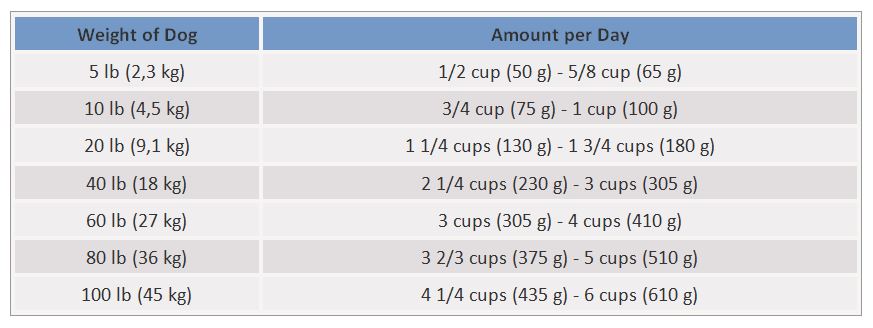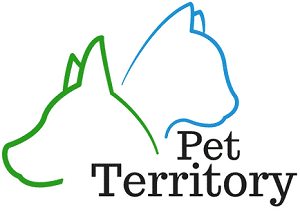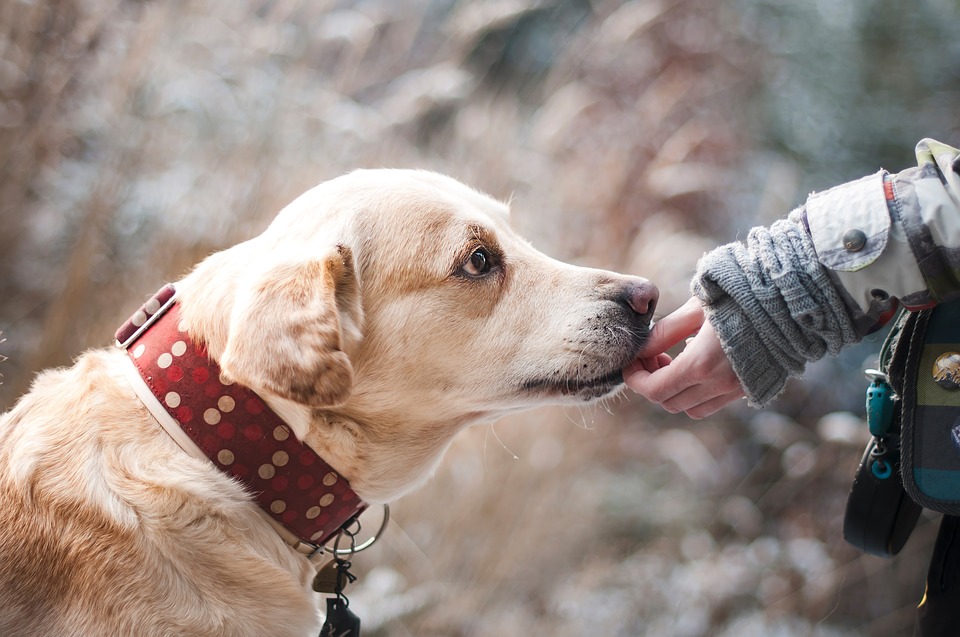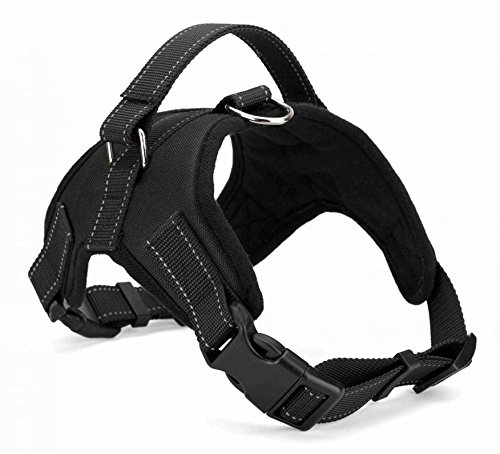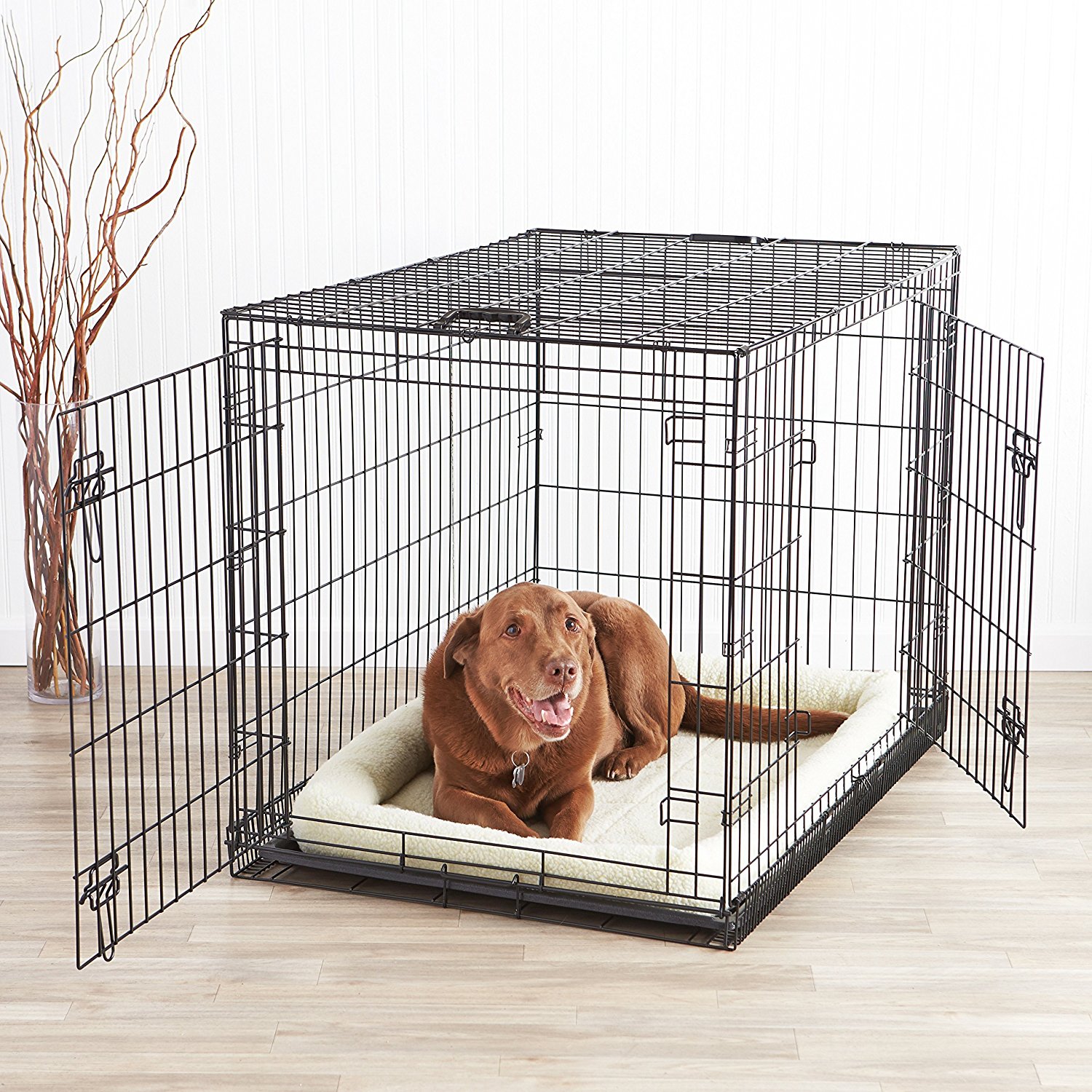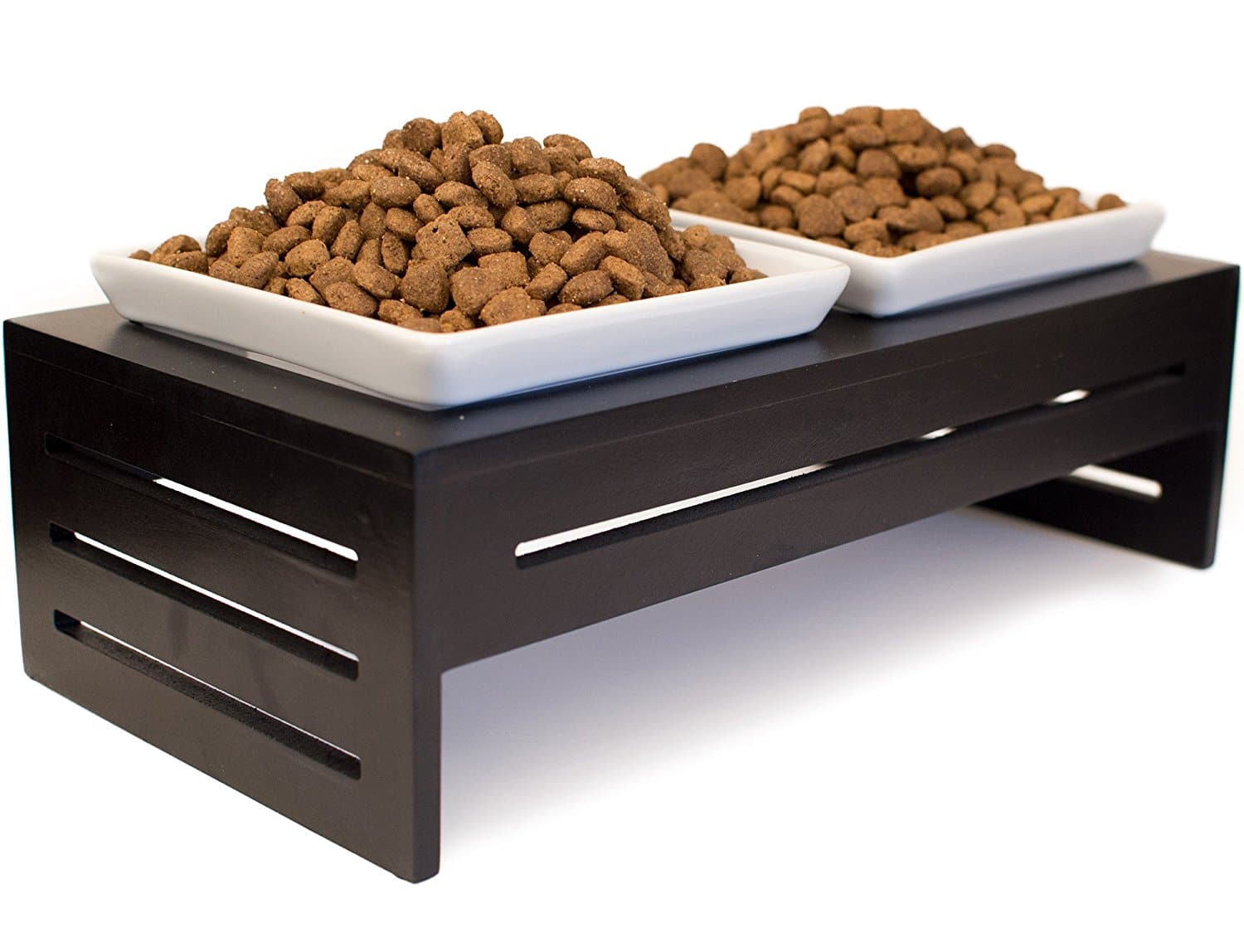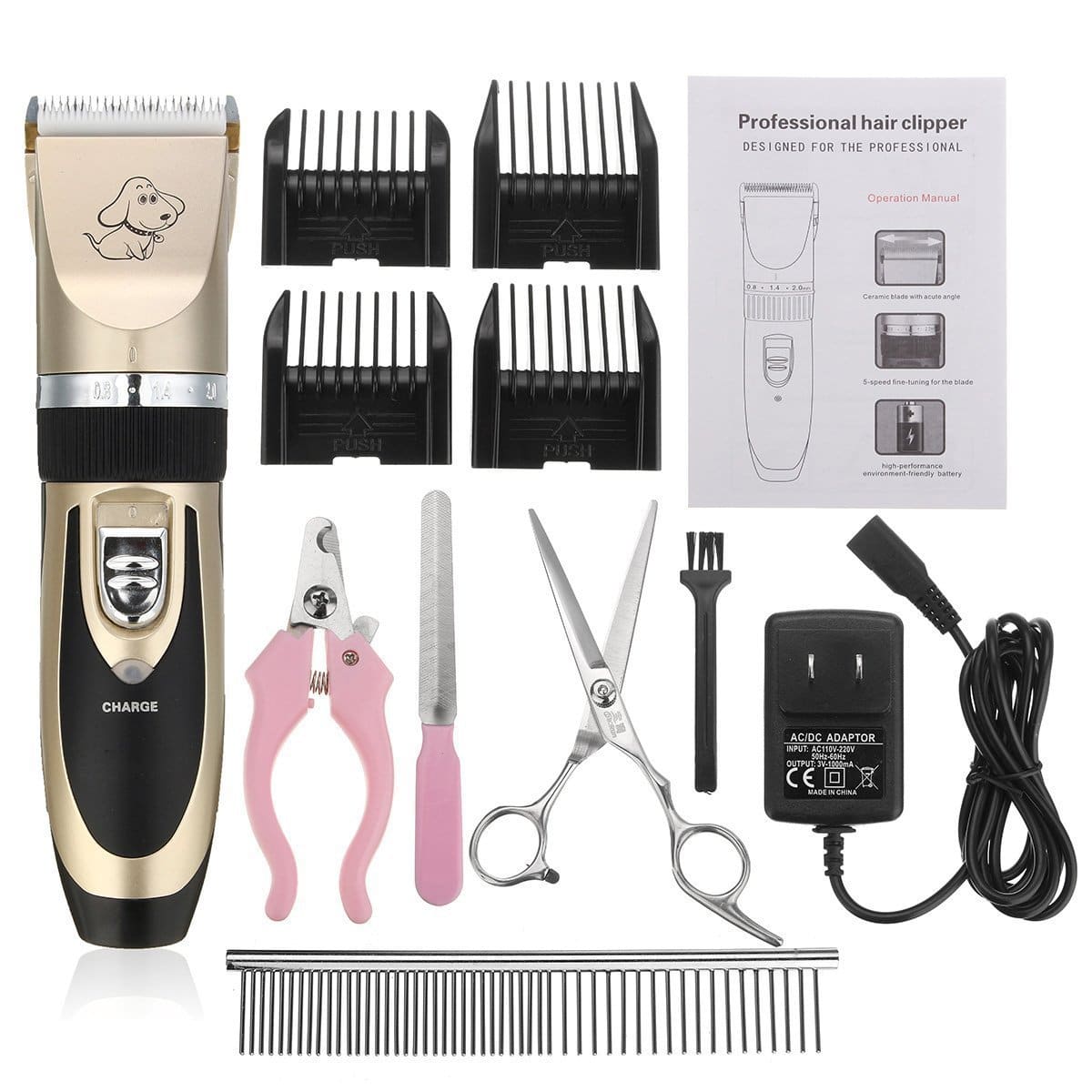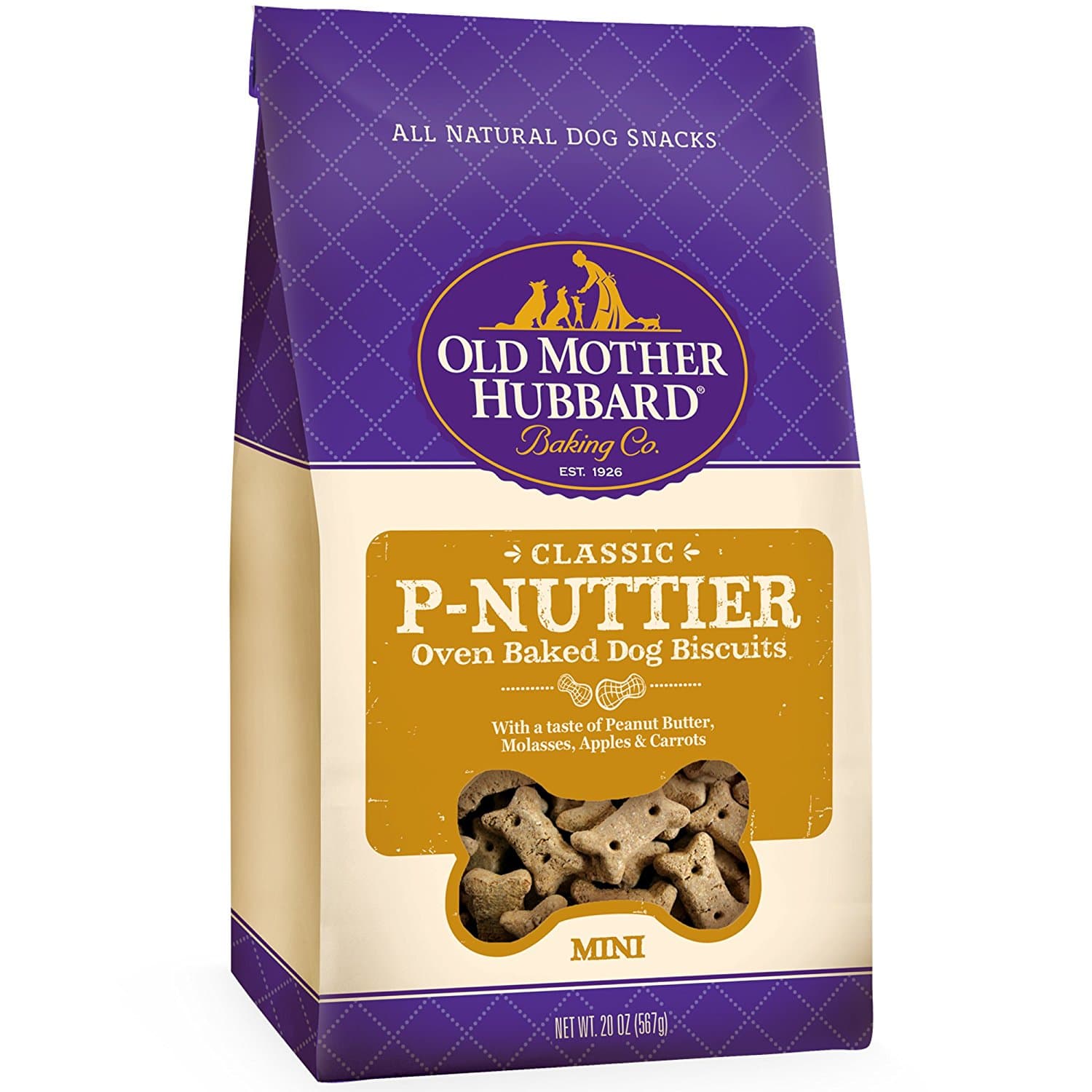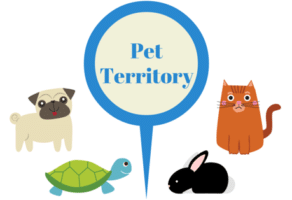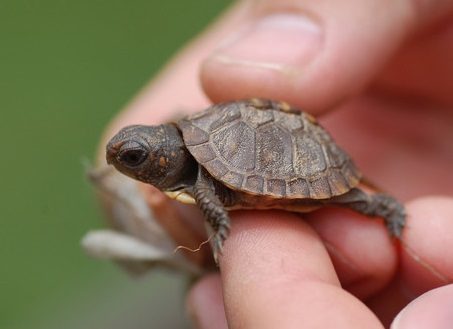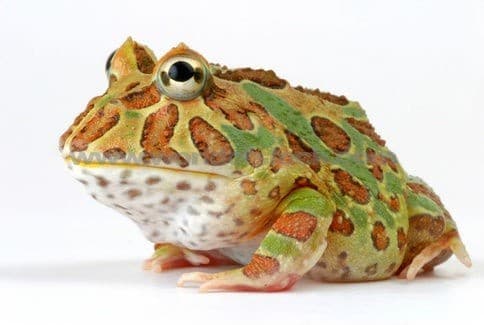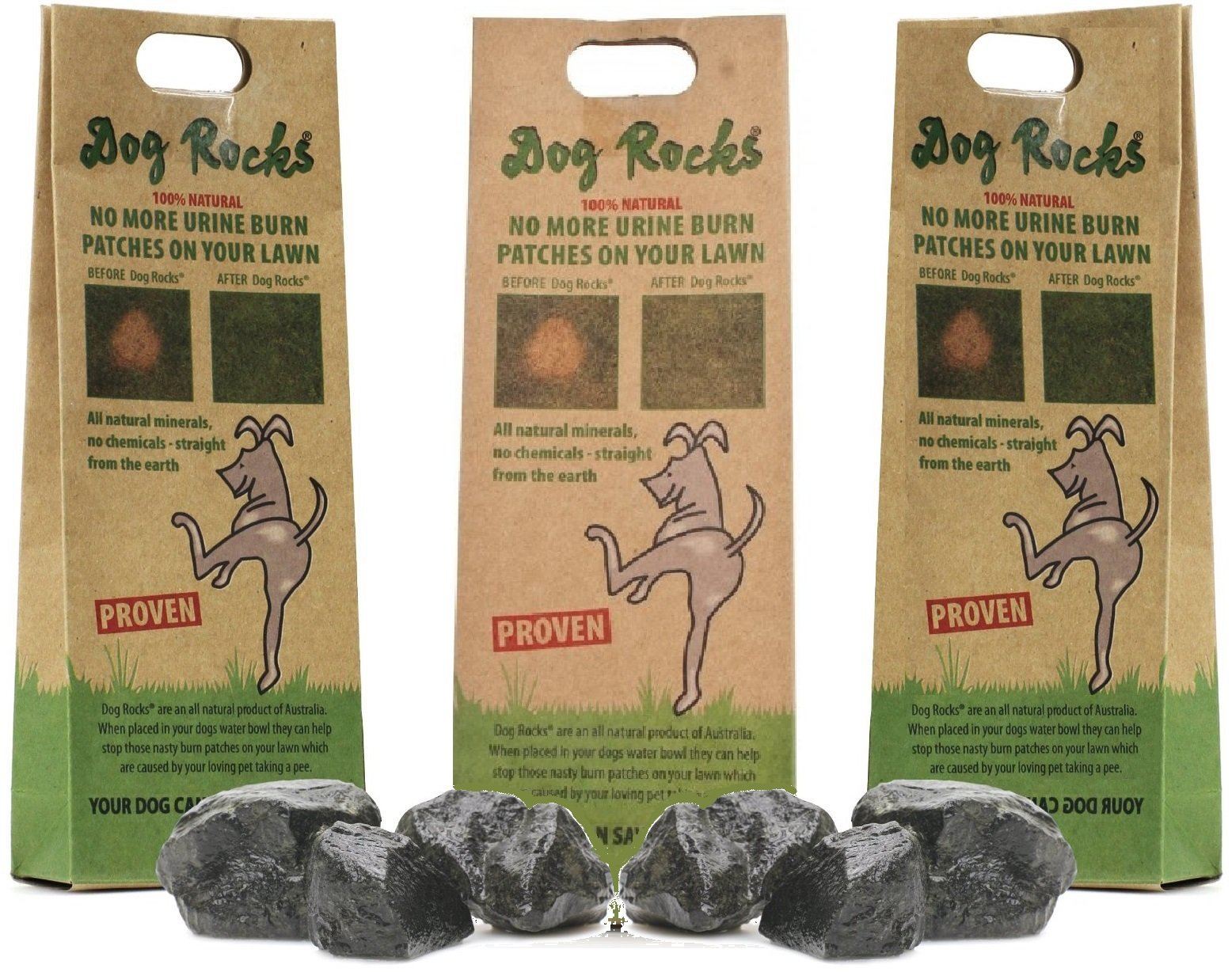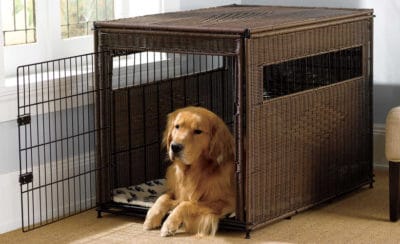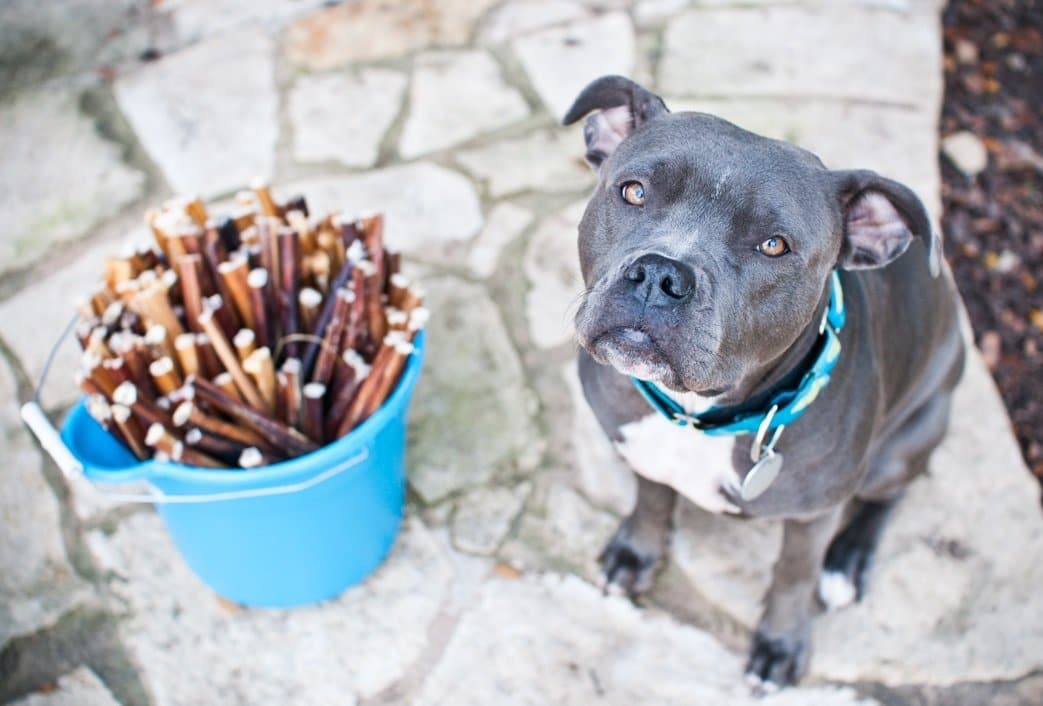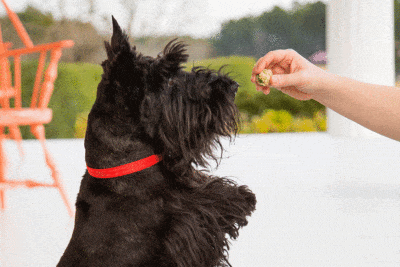So you’re getting a dog! Or have one and are growing your family out – regardless of the situation you’ve come to the right place for some basic information on what to expect for your new furry companion and how they will adjust to your life. Getting a dog is a big step, and learning how to take care of a puppy or dog can be challenging even if you’ve had other pets or grew up around one. The learning curve is even bigger if you are getting a puppy, and provides a whole new set of exciting challenges.
Should I Get a Dog?
Perhaps we’re getting ahead of ourselves a bit, the first thing to ask is “Should I get a dog?” and we can help you sort out that answer a bit, too. Part of the reason Pet Territory is more broad in its coverage of types of pets and information about dogs, is because we believe that pets and their owners are meant to be.

Which means for some, they are meant to have cats instead of dogs, or dogs instead of snakes, or snakes instead of ferrets. Or maybe even all of the above. So if you’re wanting a pet, and aren’t sure if a dog is the right fit, take a look around the site to see what you can find via exploration.
Dog care is a big time and life commitment. There’s a reason why people consider them as their own children. If you are sure that you want a dog, maybe the most important question then becomes “Should I get a puppy or an adult dog?”
Getting a New Puppy vs. Getting an Adult Dog
Puppies are cute, fun, and there’s something special about raising a dog from the time they are old enough to be away from their momma. Learning how to take care of a puppy once, does not mean that you won’t ever need to revisit training as they are older. However, it does insure that you will have 100% oversight on their training and upbringing- which leaves out some of the questions surrounding bad habits and behavior of adult dogs that come from shelters, foster care, or owners looking to rehome them.
This being said, we can’t recommend enough to get an adult dog from a shelter- especially if it’s your first go around. Many shelters keep extensive records of where/why the dog was given up, behavioral issues they’ve noticed, diet, past home life, and many other important characteristics that can help you determine if the dog is a good fit for you.
Adopt Don’t Shop!
With the number of dogs that are euthanized each year we always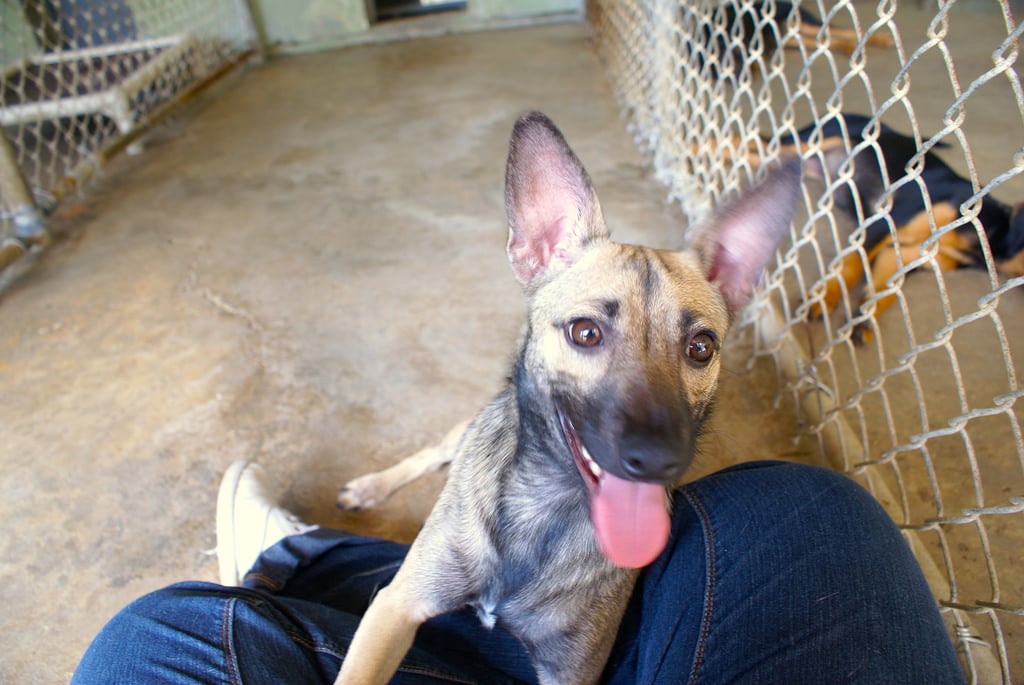 encourage adoption over shopping- even for puppies. If you’re looking for a specific breed it’s still possible! There are many adoption programs across the nation that focus on breeds of dogs that need new homes.
encourage adoption over shopping- even for puppies. If you’re looking for a specific breed it’s still possible! There are many adoption programs across the nation that focus on breeds of dogs that need new homes.
The biggest thing we can say about choosing to bring a dog into your life is to make sure you have time, dedication, patience, and the right supplies to properly assimilate them into your life. Chances are, the younger the dog- the more of all of those things you will need.
How to Take Care of a Puppy and How to Take Care of a Dog
Alright, so from this point on we are going to assume that you know that a getting a dog or a puppy is the right idea for you and your lifestyle. The rest of this page will be broken up into sections with information about dogs that will help you through this step in your life. Each section has tabs specific to puppies and adult dogs to provide more detail for you.
Keep in mind, dogs are unique from each other, and while we can tell you we’ll always do our best to provide necessary information about dogs, yours is guaranteed to have it’s own quirks and needs that you won’t know about until you get to know them. Puppy care is complicated, so pay close attention. This leads us to our next topic of conversation.

Bringing a Dog Home: Introducing a New Dog to Your Home, Family, and Other Pets
Bringing home a new puppy or dog can bring excitement, joy, and lot of other emotions to both you and your dog. Here’s a small anecdote from one of our Pet Territory writers about bringing home their 2 ½ year old Bulldog for the first time.
A Few Techniques
When introducing a new dog to your current ones, have leashes on and be relaxed. If you are nervous, they will be, too. Talk them through it with each approach. As they are walking to each other, give positive feedback. As the sniff, lick and play. Treats are also a great solution.
Here’s another testimonial from a cat owner when they adopted a dog.
Puppies require constant monitoring until you can get them crate trained, and if you have other pets around them, I would not leave your puppy alone with them for at least the first 4 weeks. Puppy care takes dedication. Same goes for dogs, and this can actually take longer. Bonds need to be built.
If your other pets have been introduced to puppies before this will probably be a more gentle transition, and you might not need to wait as long for un-monitored commingling. Potty training will likely take up a lot of your time in the first few weeks anyway, so having the ability to spend a lot of time with your new pup will be crucial.
If a dog hates cats and acts aggressive towards them it’s best to avoid bringing them home and attempting to train them. Now, it can sometimes be done if you have a trainable dog, or if their attention to cats/other dogs seems to be sparked by curiosity more than anger.
The shelters might also allow you to bring your other dogs to meet their new companion through a fence to see how things will go. We recommend this, or asking to see them interact with other shelter dogs before adopting them and making things official. Again, we can’t emphasize enough that pets and owners are meant to be. Don’t force an adoption if it might put either of the animals at high risk of each other.
What Should I Feed My Dog?
Food is an important topic, we have many pages on different dog food and treats that we recommend for your puppers, but for now here’s some basic information about dogs diets.
The first step is to talk to your vet first. We can’t make a strong suggestion as to what to feed your dog without a vet checkup. I would have a vet picked out ahead of time and consult them on what to get if you are bringing home a puppy. Different dogs and breeds 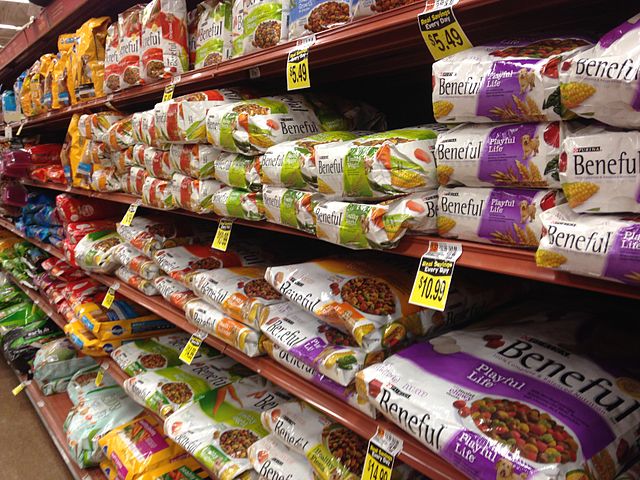 have different dietary needs.
have different dietary needs.
High quality food is important, and we recommend looking for foods that are made with natural ingredients. Make sure that you are buying food for your dog that is made for their age and exercise habits.
As far as bones go, they are a great treat but contain a lot of calories. If your dog is not getting enough exercise, consumption of treats and bones on top of their normal diet can cause weight gain. Make sure the only bones provided for your dogs are uncooked, and large enough that they cannot be swallowed whole.
If you want to make sure your dog’s health is easy to monitor, control what they are fed by not providing them scraps or leftovers from your human food. Some human foods that might seem healthy or harmless can be toxic for dogs, and cause illness.
Exercise and Activities for Dogs
Here’s another tidbit from our writer that adopted an adult bulldog a while back.
New Dog Checklist and Puppy Necessities
So you’re bringing home a new puppy or dog! Congratulations. Time to go shopping! Here’s a few things we recommend to puppy and dog owners- especially first time dog owners. All of these are essential to anyone that’s learning how to take care of a puppy.

1. Collar and Leash
A comfortable collar is essential for your puppy for being outside and going on walks. For walking and training purposes, we recommend using a harness. They give you more control, and put less pressure on your dog’s neck.
As far as a leash goes, the extendable leashes are very popular, but they aren’t what we would suggest. Extendable leashes can make it difficult to train a talk to heel on walks and stay close by. Instead I would suggest a nice nylon leash that you can attach doggie waste bags to.
2. Crate Training
Crate training is a crucial piece for all dog owners. Even if your dog is free to roam during the day, they might still have accidents at night. When you aren’t awake your dog’s environment lacks structure, which can lead to a breakdown in habits. The crate replaces that structure.
Dogs will feel secure in a crate, and getting them trained to stay in it overnight is the answer to accidents and morning cleanups.
This easy to set up crate is an Amazon Basics best seller. It comes with an adjustable divider so that the crate can grow with your dog and prevent accidents in a too-large crate. It also folds down for easy travel, and has two doors for easy access in tight spaces.
3. Bed Training
If you want to keep your furniture in tact, it’s best if you give your pooch a designated place to chill in your living room. A cushy bed will be a perfect way to make them feel like they are a part of the action.
4. Food and Water
For adult dogs look in investing in raised food and water dishes to help with proper swallowing and prevent inhalation of food bits. Try to avoid metal dishes, as they can cause allergic reactions on the chin and around the mouth if your dog rubs up against it whilst eating. Ceramic dishes are recommended as a substitute, and also last longer and clean easier.
5. Grooming
If you’re buying a purebred puppy, make sure to do breed specific research about what kind of grooming attention your dog will need. Different breeds will need more frequent bathing, haircuts, or even daily brushing.
If you’re shopping in the mutt department of your local shelter, you might have to play more of a guessing game. If you end up getting a dog that sheds, regular brushing is not only helpful to them, but can also cut down on the pet dander that circulates in your home.
6. Treats
Have treats on hand! A lot of treats are never a bad thing. Small bite sized treats are perfect for training without causing overfeeding, and should be kept handy on walks, outings, and potty training adventures.
7. Toys
The best way to keep your pup entertained is by having some toys around the house for them. A suggested tip is to name the toy something specific and generic so that they learn to go and get it when they start to play. This will also help train them to stay away from things that aren’t theirs such as shoes- keep them chew-free!
FAQ about Puppy Care and Dog Care
Click through some frequently asked questions about how to take care of a puppy, adopting a new dog, and much more!
How much does it cost to buy a dog?
You have to also consider the price of supplies, vaccines and vet visits, and sometime within the first year likely a spay or neuter. Make sure you consider the cost of vaccines and other potential expenses when you bring home a new puppy or a dog- especially if it’s coming from the shelter. Many animals end up homeless because owners don’t consider the cost of proper care.
Should I get a puppy from a Pet Store?
By getting a puppy or dog from a Pet Store* you are helping to support these breeders. Please instead go to a shelter, or find a responsible breeder that genuinely cares about the welfare of the animals.
*Note- many pet stores like PetCo and PetSmart work with local shelters to sell cats and dogs. Likely, the cats and dogs that are at a store like this are from a shelter or fostering program. Look for signage and sources before you dive in!How much do I feed my dog?
